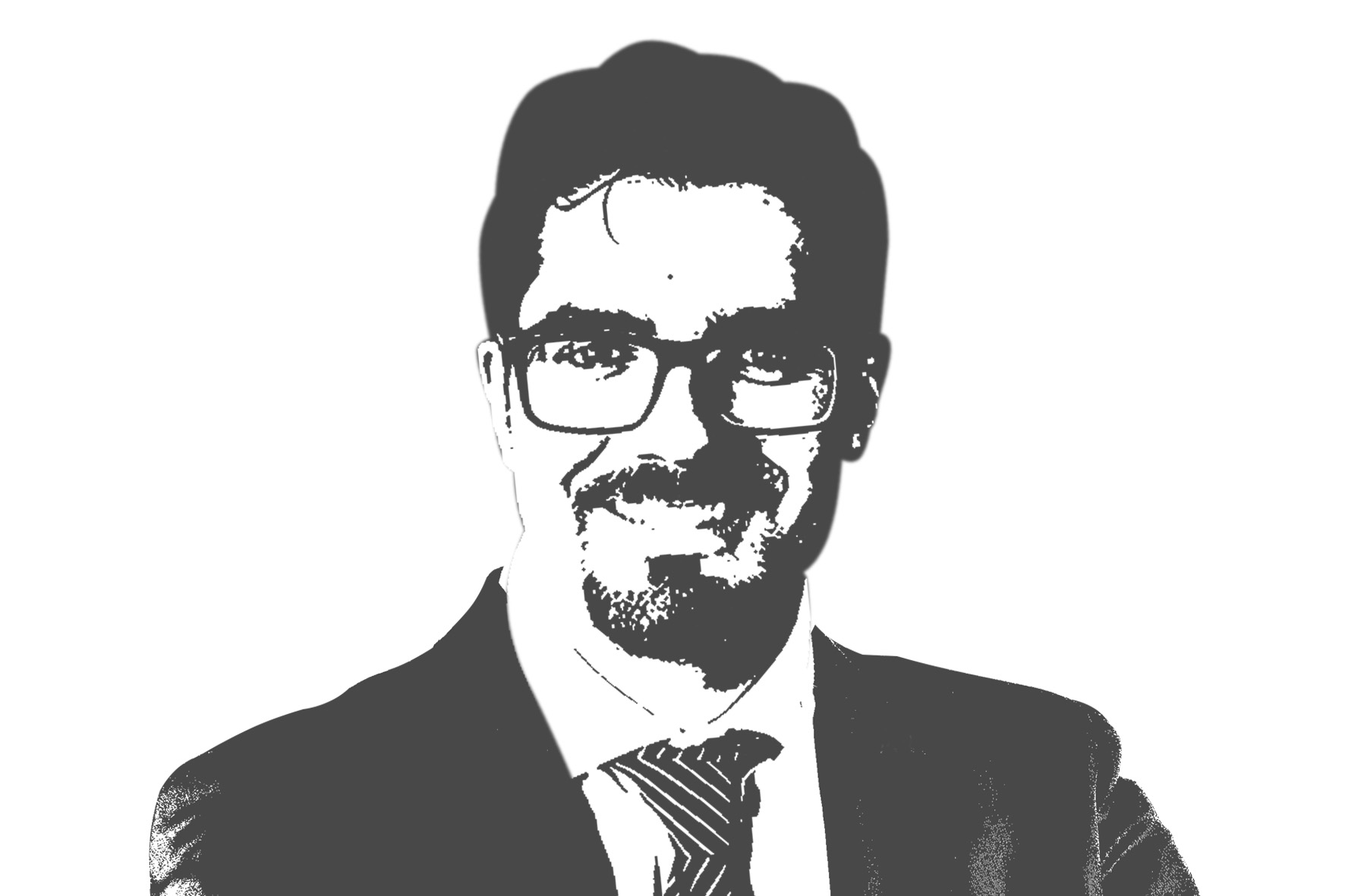Creativity and innovation in the midst of a pandemic
At first glance, creativity and innovation may seem like similar concepts, but while they do overlap to a degree, there are some key differences between them. Creativity can be described as the capacity to generate new and useful ideas on any subject matter, leading to original solutions. For an idea to qualify as creative, it must meet a few requirements. It must differ from prior methodologies, adapt to a pre-defined objective lacking a solution, and be both valuable and expressive.
However, innovation paints broader strokes, consisting of the successful application of creative ideas for the benefit of an organization, product, or service, making them manifest in the development and proposal of incremental and substantial improvements.
A creative process or disruptive idea alone will not necessarily lead to tangible innovation that can be applied to a new process or product. Stumbling blocks such as technical limitations, lack of development funds, lack of market incentive, or high development costs may ultimately lead to failure.
Innovation paints broader strokes, consisting of the successful application of creative ideas for the benefit of an organization, product, or service, making them manifest in the development and proposal of incremental and substantial improvements.
The Frascati Manual, a benchmark for measuring scientific, technological, and innovative activity, expresses the importance of a creative process which ties directly into Research and Development (R&D) projects, with the goal of creating new concepts or ideas building on preexisting knowledge. This separates R&D from any routine changes, freeing space for the human element inherent to creativity. Accordingly, such R&D projects require a research component.
Throughout the creative process, human talent is fundamental. Similarly essential are company policies that incentivize the contribution of ideas, reduce fear of mistakes, promote teamwork and exchange of experiences, and above all engender leadership. Companies must support creative processes both inside and out. That said, creativity does not necessarily imply productivity, a dichotomy which is often difficult to manage in a business environment. Talent having time to think requires more flexibility, which implies less productivity.
The connection between creativity and innovation is a key component to any company hoping to contribute disruptive solutions, especially those that incorporate a major technological leap. Human beings are characterized by, among other things, an ability to adapt to hostile environments, subsist, and be creative for the sake of survival. This pandemic has brought to the surface the need for adaptability in complex environments in record time, now more than ever.
In fact, the health crisis has already radically changed the way we live, engage relations, consume, and work. According to the Global E-commerce 2020 report by eMarketer, Spain is a world leader in electronic consumption increases during the COVID-19 pandemic, showing e-commerce growth of at least 20 percent in retail sales.
The current global situation has imposed a redoubled sense of urgency for survival, and creativity has flourished as a result, with people across the world reappraising preconceived ideas and thinking differently and many companies actively leaving their comfort zones.
Accelerated digitalization has also occurred, directly caused by pandemic lockdown countermeasures and the resultant establishment of remote work as a new channel for employer-employee relations, shifting the face of organizations and work in an unprecedented way. Similarly, many small bars and restaurants, normally closely associated with proximity and closeness to achieve productivity, have been using new technologies to continue producing through take-away services, some taking their first steps into social and digital media in the process.
One must not forget that where creativity emerges, innovation must follow. There are no good or bad ideas. What matters is manifesting those ideas in the way that best serves the change, the improvement, the adaptation that allows for continued progress, distancing itself from the competition. The very best idea, if implemented through a bad innovation project, is still doomed to failure.
We have an unprecedented opportunity to establish the productive model of the future and create our desired shape of society for generations to come. This health crisis has led different governments to step up, attempting to fulfill the need for change, adaptation, and resilience by establishing guidelines on how to innovate: Sustainability, digitization, and equality. Facing these challenges, we must, now more than ever, be both creative and innovative.
Our driving force may be an imposed reality outside our control, but we must still take the opportunity to be creative; to innovate; and to continually survive, improve and think, moving past preconceived ideas and familiar environments. The best method of crossing a river may not always be a bridge. If we wish to progress as a society, it is imperative that we let our minds wander and creativity flow.
